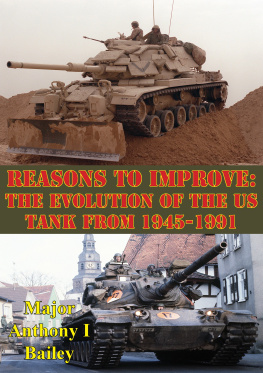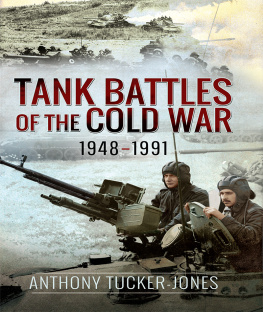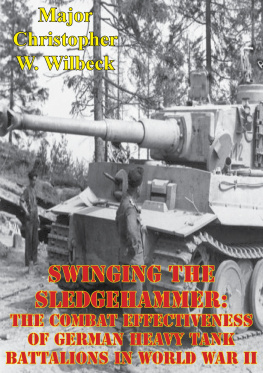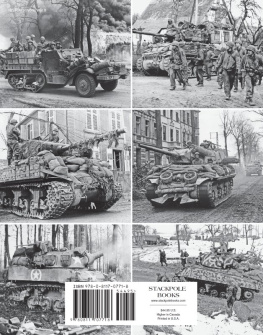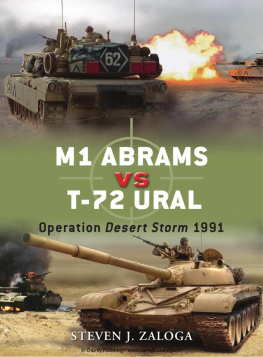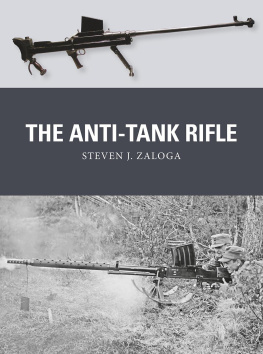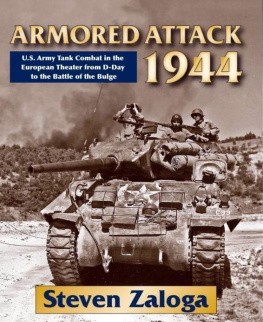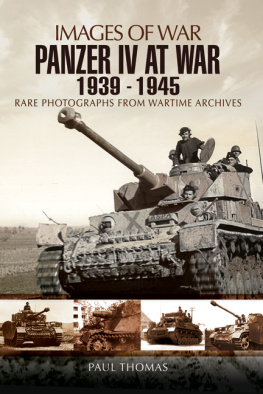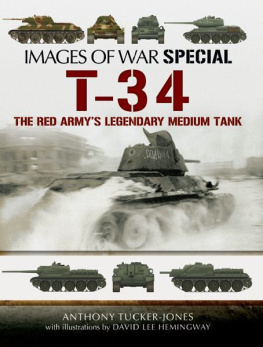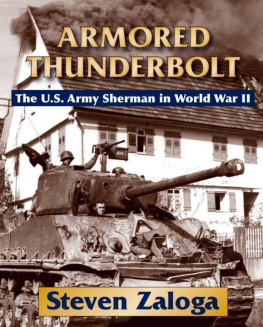

This edition is published by PICKLE PARTNERS PUBLISHINGwww.picklepartnerspublishing.com
To join our mailing list for new titles or for issues with our books picklepublishing@gmail.com
Or on Facebook
Text originally published in 2010 under the same title.
Pickle Partners Publishing 2014, all rights reserved. No part of this publication may be reproduced, stored in a retrieval system or transmitted by any means, electrical, mechanical or otherwise without the written permission of the copyright holder.
Publishers Note
Although in most cases we have retained the Authors original spelling and grammar to authentically reproduce the work of the Author and the original intent of such material, some additional notes and clarifications have been added for the modern readers benefit.
We have also made every effort to include all maps and illustrations of the original edition the limitations of formatting do not allow of including larger maps, we will upload as many of these maps as possible.
Reasons to Improve: The Evolution of the U.S. Tank from 1945-1991
by
Major Anthony I Bailey United States Army
TABLE OF CONTENTS
Contents
Abstract
The American primary tank in the Second World War was inferior to its German counterpart for all but the final months of the war. The U.S. tank evolved and demonstrated its superiority to the world in Operation DESERT STORM in 1991. This monograph examines the evolution of Americas primary tank in the years between 1945 and 1991 focusing on three periods: the Second World War, the Korean War, and the 1973 Arab Israeli War. Each period examines the adversary, Americas industrial capabilities, and the combat environment. Describing the adversary highlights there is a tangible threat to U.S. armored forces. In the face of this threat, the United States remained capable of building new more complicated and more expensive tanks, which demonstrates the industrial endowment required to meet the demands of the threat. An examination of the combat environment reveals why the U.S. Army and its armor force seemed so fixated on Europe as the next wars first battlefield.
Ultimately, this paper serves to demonstrate that a tank series, such as the M1 Abrams family, is a required component in the U.S. Armys combined arms arsenal. As such, it is important that the aging Abrams, having served the Army in Operation Desert Storm and the Global War on Terror, continue to evolve in preparation for the next war.
Introduction
The U.S. Armys first armored encounter against Germany during the Second World War in North Africa was disastrous. During the winter of 1942, Allied forces landed in Algeria for Operation TORCH.
Almost fifty years later, American armored forces deployed for a different conflict in the desert. It was a pitch-black night on February 26, 1991. The 1st Battalion, 37th Armored Regiment, as part of 3rd Brigade, 1st Armored Division was in the Middle East to expel Saddam Husseins forces from Kuwait. The battalion maneuvered into the Iraqi desert, approximately twenty miles north from the Kuwaiti border, preparing to attack. An American tank platoon sergeant from Delta Company complained that he could not see more than twenty feet in any direction. proving the M1 Abrams and their crews excellent. These vignettes demonstrate how American armored capabilities evolved over fifty years.
This successful U.S. armor evolution shows distinct improvement in mobility, firepower, and armor protection. In November and December of 1942, the United States sent its armored force with the new Sherman tank, to fight the Axis armies in Africa. The first encounters between American and German armored forces substantiate American armor shortcomings, as reflected in battle losses, and highlight German armor strengths.
Many events transpired between Operation TORCH in 1942 and Operation DESERT STORM in 1991. They necessitated the transformation of the U.S. Armys tank. Three significant periods in particular affected that progression: the Second World War, the Korean War, and the 1973 Yom Kippur War. The years between 1941 and 1945 are significant in American tank development because they witnessed the improvement of Sherman tank models and, ultimately, introduced a new heavier tank in 1945, the M26 Pershing. The Pershing was comparable to German Panther and Tiger tanks in armor and firepower. The Korean War experience did two things. First, it ushered in the era of limited war when President Harry Truman refused to allow General Douglas MacArthurs request to expand the Korean War into China. The relevance became clear when the Korean War compelled a conventional military response over that of an atomic one. The U.S. military, and its armored force, was not prepared for a conventional fight. The third significant event, the Arab-Israeli wars, provided the world with a model of the fight predicted to occur in Europe. The Arab-Israeli wars included weapons like American-donated tanks to Israel and Soviet-donated tanks and training to Arab countries such as Egypt, Syria, and Jordan. The 1973 Yom Kippur War included the effective use of anti-tank guided missiles that posed a clear threat to any armored forces on the battlefield. These events form three distinct backdrops from which to shape an answer to the following question: What caused the evolution of the Armys primary tank from the Sherman used in the Second World War to the M1 series Abrams tank that superbly performed in Operation DESERT STORM?
The hypothesis of this monograph is the evolution of the Armys primary tank of the Second World War into todays main battle tank resulted from assessments of the adversary, American industrial capacity, and the combat environment. The adversary refers to the overall enemy of the period, but focuses on armored combat formations considering a tank was determined the best anti-tank weapon.
Defining other commonly used words make the subsequent case studies easier to understand. The words: tank, armor, firepower, mobility, and armored protection appear throughout the monograph. The U.S. Army provided a simple definition of the terms tank and armor in 1949 and it remains accurate today:
A full track[ed], armored, fighting vehicle, mounting a major weapon and machine guns, capable of maneuvering both individually and in formation against the enemy. The generic term = armor embraces not only the tank and reconnaissance units of the armored cavalry, but also the armored infantry, armored artillery, armored engineers and the service support units required to form an integrated and a balanced fighting force, the nucleus of which is tanks.
Lessons from the Second World War resulted in a desire to base conventional forces on offensive capabilities from armored formations. The tank provided those capabilities in terms of firepower, armored protection, and mobility.
The term firepower refers to the measure of a tanks main gun destructive capacity. Mobility refers to the measure of movement, both on and off road, and agility afforded a tank from its engine and transmission. An agile tank with longer range is preferred. Armored protection refers to the measure of protection provided to the tank and its crew; more is better. However a heavily armored tank tends to be slow. A slow tank does not provide the mobility, speed, and shock that armored forces must to bring to bear against an enemy. For instance, a light tank with a small gun will be very fast, but cannot destroy a heavier armored threat. The dilemma for tank designers remains producing a tank that best combines firepower, mobility, and armored protection through a practical process. The following three case studies evaluate the key events from the Second World War to Operation DESERT STORM appraising the adversary, American industry and the combat environment to answer the research question about causes of the evolution of U.S. tanks and results in implications of further tank evolution beyond current operations in support of the Global War on Terrorism.
Next page
